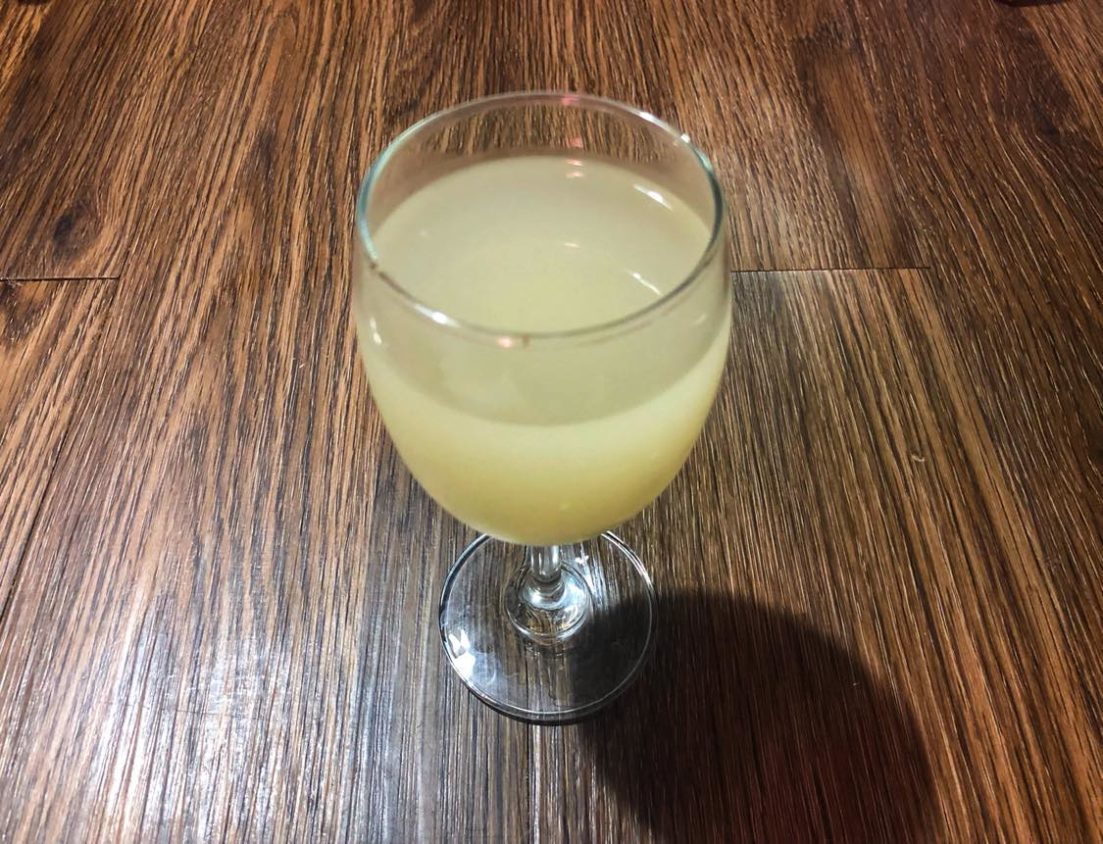
What is Sato? How to Make & Drink Thai Rice Wine

As February comes to a close in Northeast Thailand, the Thai rice wine (sato) making season begins. While sato (สาโท) can be made all year round, the most popular time for making Thai rice wine is from the end of the cool season through the Songkran holiday in April. Sato is a sweet Isaan wine made from fermented sticky rice, or khao niao, and the alcohol content can range from beer level (4%) to fortified wine level (15%). It’s been a part of Northeastern Thailand culture for centuries.
Sato is commercially made in Thailand, but as any local will tell you, the store-bought rice wine isn’t comparable to genuine moonshine sato, brewed from recipes that have been handed down across generations. While making sato at home is technically illegal in Thailand (with fines upwards to 50,000 baht for selling it), few to no people are ever fined for making small amounts for home consumption.
During Songkran parties in Sakon Nakhon, one used to find large buckets of sato (rice wine) on tables, in which you would dip your cup. But these days, sato is often stored inside re-used plastic soda bottles from which you pour yourself a drink. Note that sato is different than lao khao, which is clear “white whiskey” that is stored in glass bottles and should only be consumed by those who have a strong constitution and can handle their alcohol. If you overindulge, check out our post on the best Thai herbal tea for liver health.
Sato has a tangy flavor, and sometimes it is slightly carbonated. The fermentation process takes up to 35 days and is done with the help of “look pang,” a combination of yeast and fungus. Sato is an excellent accompaniment to Laab Moo (Isaan Pork Salad). Some Thais prefer drinking sato closer to room temperature, while others like it best chilled. If you have been gifted a bottle of sato, keep it stored in your refrigerator. It’s best drunk within a few weeks after it has been made.
How to Make Sato (Thai Rice Wine)
Ingredients & Equipment needed
2-4 liters of white or black sticky rice
1-2 dough balls (Made with flour, yeast, water, and sometimes added ingredients such as salt or sugar)
Bamboo steamer
Mortar
Mixing bowl
Warm water
Large jar or clay pot with lid (for the fermentation process)
Sato (Thai Rice Wine) Preparation
1. Soak the rice in water for 6-12 hours. After that, rinse the rice grains with clean water 2-3 times until the water is no longer cloudy or visible. When the rice is completely cleaned, steam the rice.
2. Pound the dough ball(s) in a mortar into a fine powder.
3. Put the steamed sticky rice in a bowl, sprinkle with ball powder, and mix together by hand. While mixing, pour in about 1/2 a liter of warm water (previously boiled).
4. After mixing the powdered rice balls with the sticky rice and water, pour it into your fermentation container. The lid or cloth cover should loosely fit to allow for venting of the gas that builds up.
5. After 6-7 days of fermentation, open the lid and add about .8 liters of warm water (previously boiled). Let the mixture ferment for another 2-5 weeks.
6. Pour the Sato mixture over a cloth to separate the Sato rice wine from the fermented sticky rice. You now have delicious Isaan Sato to drink!
- Dying Well the Buddhist Way in Thailand - May 7, 2024
- Comforting Words for the Brokenhearted in Thailand - May 6, 2024
- Thailand’s Auspicious White Trumpet Tree (Cana) - May 5, 2024




